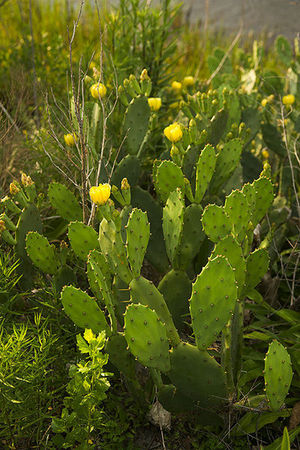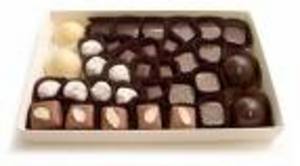This incredible Florida edible is not only a favorite in the south but the prickly pear cactus is also found all over the United States. Native Indians used this food as one of their many survival foods for thousands of years. In fact there are many other species of cactus that are edible and several are found in Florida.
This wonderful Florida wild food has two edible parts, the pads and the fruit. There are many other similar cactus that are considered valuable survival food and they all have pads. Some of these have thorns and some do not. Here are two ways that native Floridians and foragers today use this delicious Florida edible prickly pear cactus.
Vegetable
Harvesting: The pads on the Florida prickly pear cactus can be eaten raw or cooked but most prefer to eat them cooked. The smaller the pad, the more tender the skin. As with most wild edible veggies, the smaller pads are the best ones for the pallet.
When harvesting these Florida delectables always wear leather gloves if the cactus has thorns. All you need to do is reach in carefully and snap off the pads one at a time and place them in a container that will protect you from the thorns. You can then remove the thorns from this Florida edible by holding the cactus pad with tongs and then removing the thorns and eyes with a potato peeler. You can also remove them by placing the cactus pads over a flame on a grill or campfire.
Cooking: One popular way to eat Florida cactus in the south is to peel the outer skin (especially along the edges), slice longwise (like fries), dip in your favorite batter and fry. Some prefer to just slice as is and then fry. These Florida prickly pear cactus tend to resemble a bell pepper but with a distinct flavor.
Another popular way to cook this incredible Florida edible is to dice into small chunks and throw into any stew, soup, or casserole. The cactus can be added like any other vegetable.
Fruit
Harvesting: As with the cactus pads, you will want to wear gloves to remove the fruit. The prickly pear cactus fruit is purple when ripe. To harvest this Florida delectable just reach in and snap off the purple fruit. Make sure you place them in a container to protect your hands from the glochids.
You can slice this Florida edible cactus fruit in half, lengthwise and scoop out the fruit or you can place the fruit on a fire to burn off the glochids. Make sure that you strain the pulp through cheesecloth to remove the seeds. You can also just grind the fruit and seeds together. The seeds are edible but they can crack teeth if not ground up first.
Cooking: One popular way to eat these Florida edibles is to make a cold aid out of them. Of course you will need about two to three cups of the fruit to make a pitcher of cactus aid. As with any other wild fruit aid, make sure you strain the pulp really well.
Another popular method of eating these Florida delectables is to just eat them right after the seeds are removed. This is very popular if you don’t have enough of them to make a cold drink.
Yet another method of preparing this delicious edible Florida cactus is to make jelly from the fruit. The taste if the prickly pear cactus resembles raspberries. Just prepare the jelly like any other fruit jelly.
Notes
Many people have the misconception that the cactus only grows in the desert or in states like Florida. You can usually find these edible wild plants in an area with lots of sun and soil that has good drainage. Edible cactus are available year round in Florida and in many other states and if you are in a state where it gets cold you can still harvest the pads and eat them.
Always properly identify any potential edible plant before eating. Seek the advice of a local professional whenever possible.
More from Teresa:
How to Harvest and Cook Kudzu Leaves
How to Make Kudzu Jelly (Tastes Like Grape)
Florida Edible Saw Palmetto
Florida Edible Sumac
Sources
Personal experience


